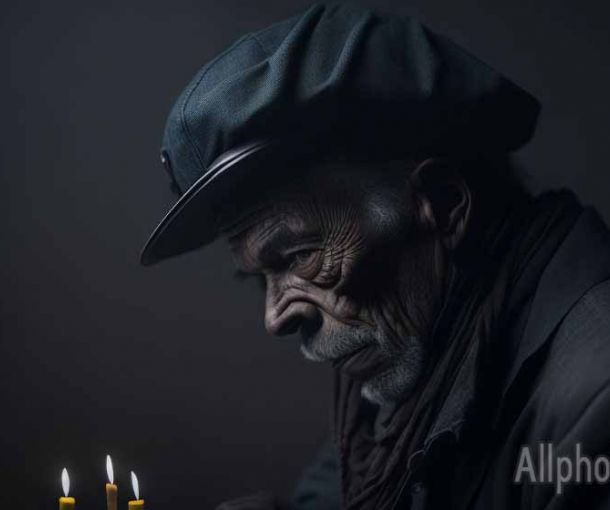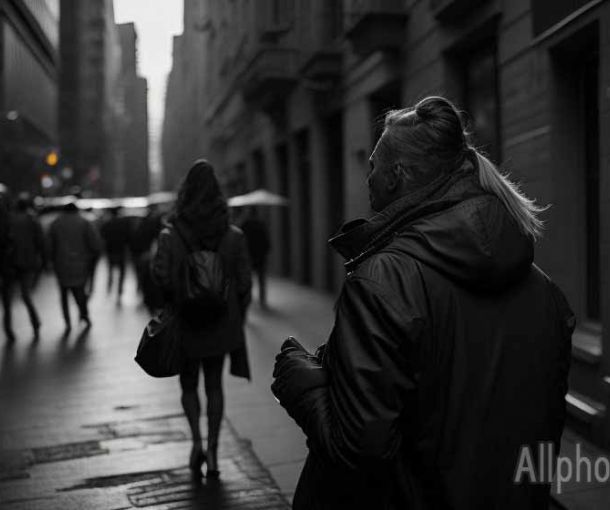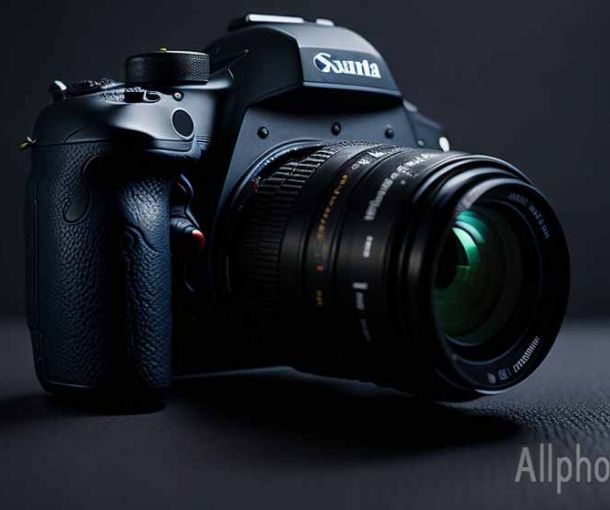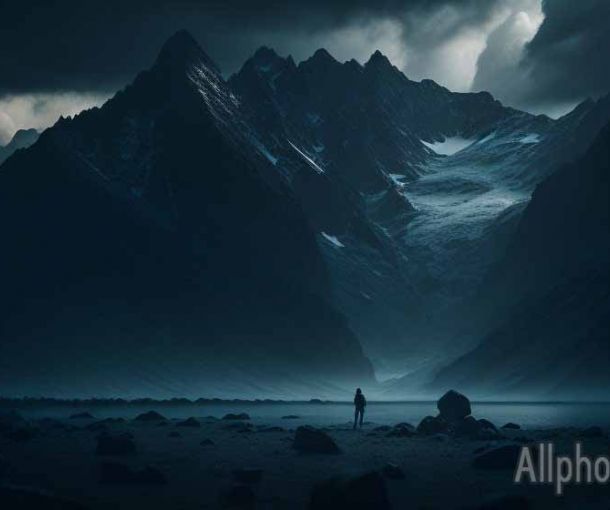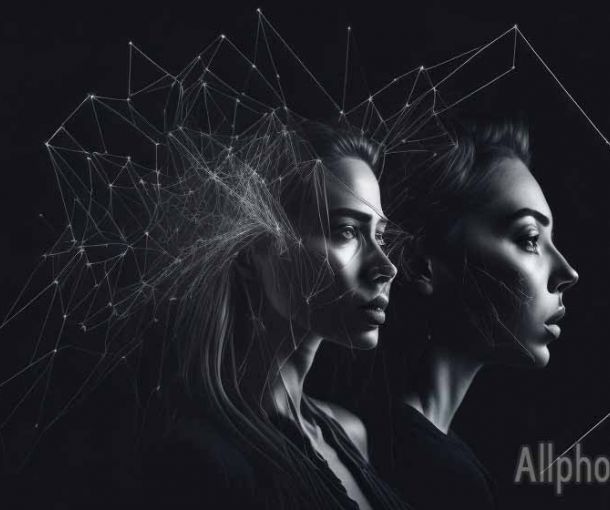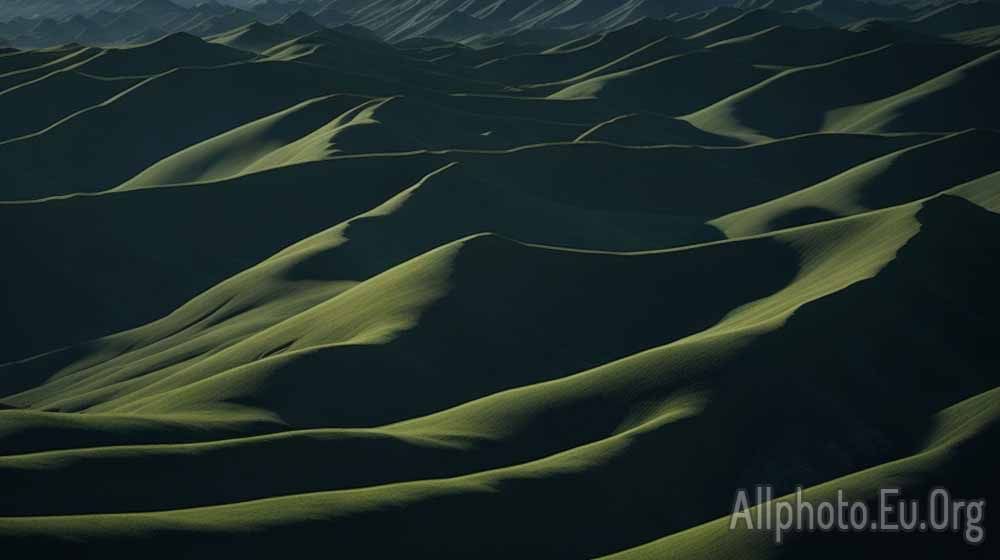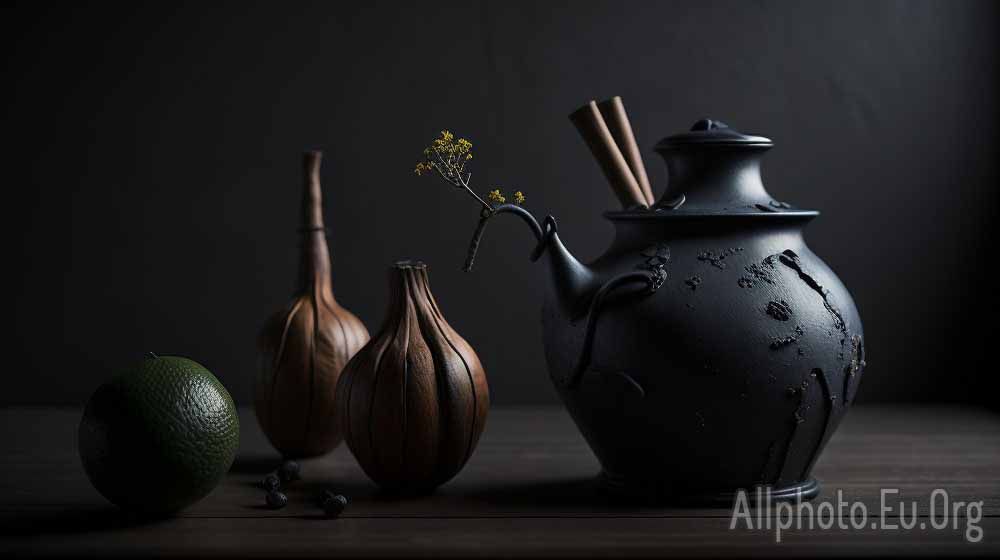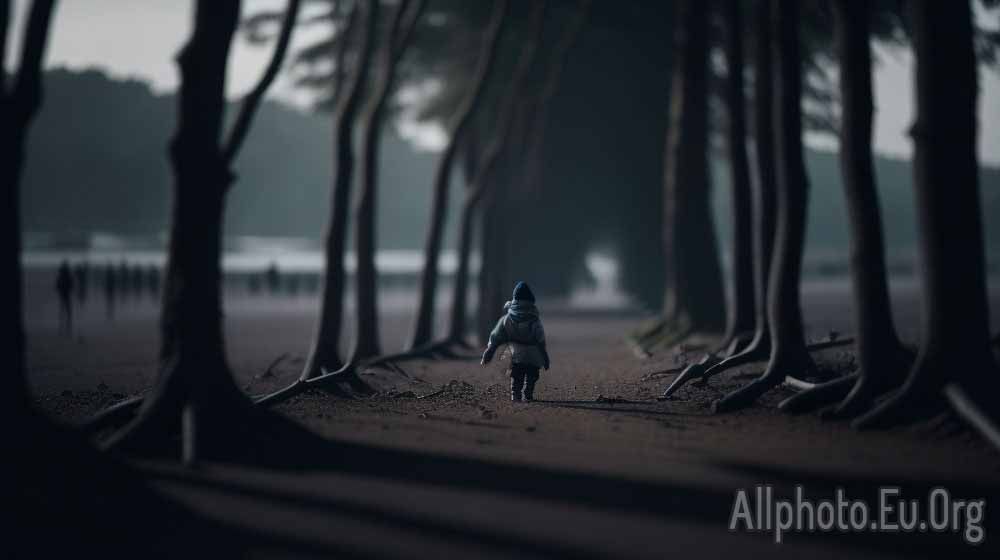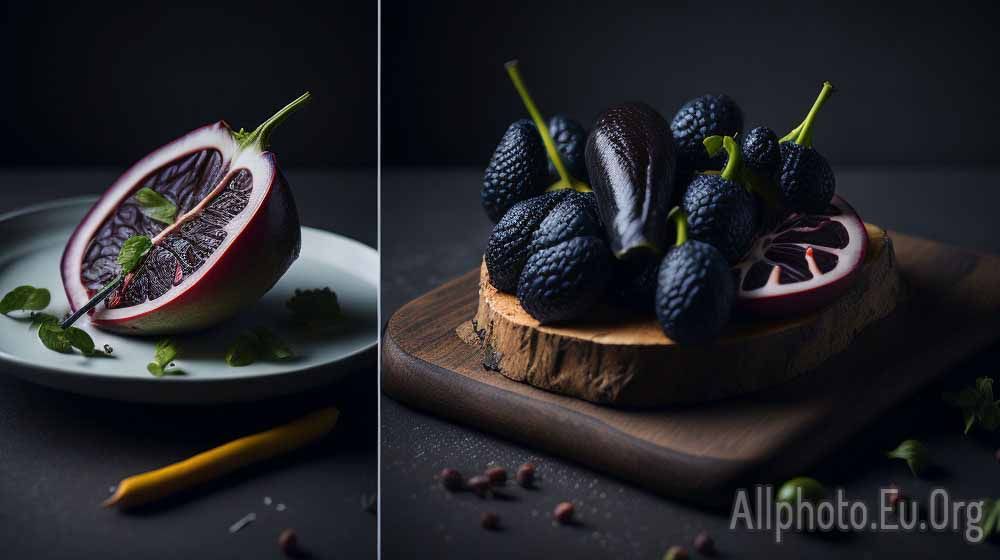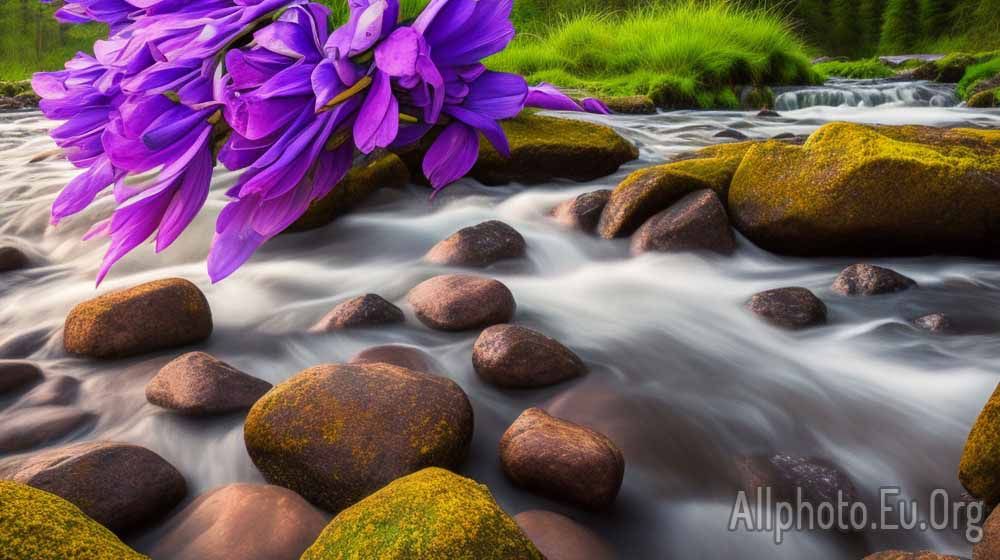The Art of Night Photography: How to Capture Stunning Photos in Low Light
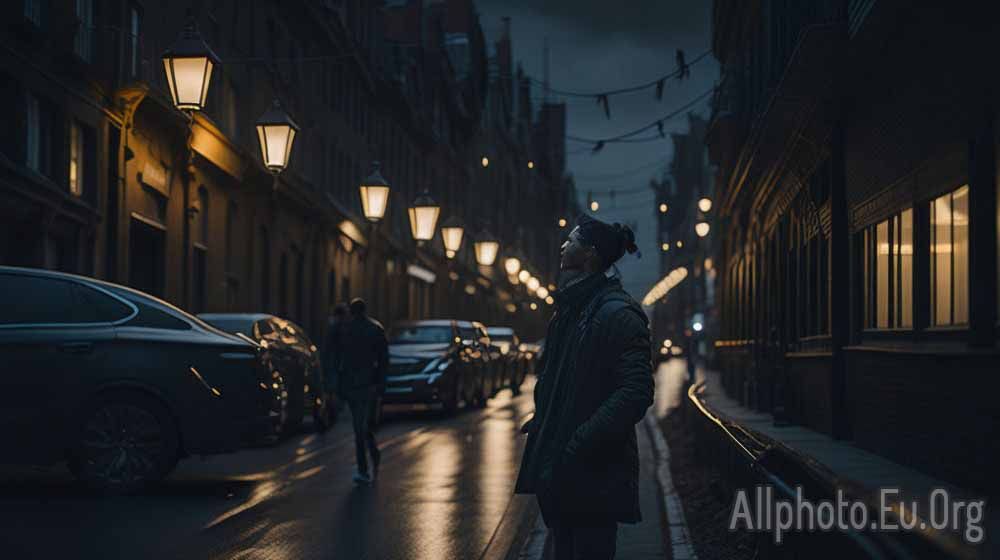
Night photography is a unique and challenging genre of photography that requires a different set of skills and techniques compared to daylight photography. The art of night photography involves capturing stunning photos in low light conditions. With the right skills and equipment, you can create breathtaking images that showcase the beauty and mystery of the night.
In this article, we will explore the art of night photography, the techniques and equipment you need, and how to capture stunning photos in low light conditions.
Understanding Night Photography
Night photography is all about capturing images in low light conditions. The most common type of night photography is capturing the stars, the Milky Way, and the Northern Lights. Night photography can also include photographing cityscapes, landscapes, and even portraits in low light conditions.
The key to capturing stunning night photos is understanding light. At night, the available light is much lower than during the day, which means you need to use different techniques and equipment to capture great images. Night photography is a creative process that requires experimentation, patience, and an understanding of how to use the camera in low light conditions.
Equipment for Night Photography
The right equipment is essential for capturing great night photos. Here are some of the essential items you need:
- Camera - A DSLR or mirrorless camera is ideal for night photography. These cameras have larger sensors that can capture more light, allowing you to shoot at higher ISOs without getting too much noise in your images.
- Tripod - A sturdy tripod is a must-have for night photography. Since you will be shooting in low light conditions, you will need to use slow shutter speeds, which means you need a stable platform to avoid camera shake.
- Lens - A wide-angle lens with a large aperture is ideal for night photography. A wide-angle lens will allow you to capture more of the night sky or the cityscape, while a large aperture will allow you to let in more light.
- Remote Shutter Release - A remote shutter release will allow you to trigger the shutter without touching the camera, which will help avoid camera shake.
- Flashlight - A flashlight will help you see in the dark and can also be used to light up your subject.
Techniques for Night Photography
Now that you have the right equipment, let's look at some of the techniques you can use to capture stunning night photos.
- Use a tripod - As mentioned earlier, a tripod is essential for night photography. It will help you keep the camera stable and avoid camera shake, which can ruin your images.
- Use a wide aperture - Using a wide aperture (low f-stop number) will allow you to let in more light, which is essential for capturing images in low light conditions.
- Use a slow shutter speed - Using a slow shutter speed will allow you to capture more light and create stunning light trails or star trails. However, you will need to use a tripod to avoid camera shake.
- Use high ISO - Using a high ISO will allow you to capture more light, but it can also introduce noise in your images. Use the lowest ISO you can while still getting the exposure you want.
- Use manual focus - In low light conditions, your camera may struggle to autofocus. Use manual focus to ensure your subject is in focus.
- Shoot in RAW - Shooting in RAW will allow you to capture more information in your images, which will give you more control when editing.
- Experiment with light painting - Light painting involves using a flashlight or other light source to illuminate your subject or create interesting light trails.
- Use the rule of thirds - The rule of thirds is a compositional rule that can help you create more balanced and interesting images. Divide your image into thirds and place your subject at the intersection of these lines.
Conclusion
The art of night photography is a challenging but rewarding genre of photography. With the right equipment and techniques, you can capture stunning photos in low light conditions that showcase the beauty and mystery of the night. Remember to be patient and experiment with different techniques to find what works best for you. Don't be afraid to push the limits of your camera and try new things. With practice, you can master the art of night photography and create stunning images that capture the magic of the night.
Continuing from where we left off, mastering the art of night photography takes patience and experimentation. It's essential to push the limits of your camera and try out different techniques to find what works best for you. Remember to use a tripod, wide aperture, slow shutter speed, high ISO, and manual focus to capture sharp and well-exposed images. Additionally, light painting and the rule of thirds can help you create more visually interesting photos. With practice, you can master the art of night photography and capture breathtaking images that showcase the beauty and mystery of the night. Happy shooting!
Tags
Latest Articles
Most Read
All Tags
Subscribe
Donate
Please consider supporting our efforts.
© 2023 All-Photo.Cf All rights reserved.
